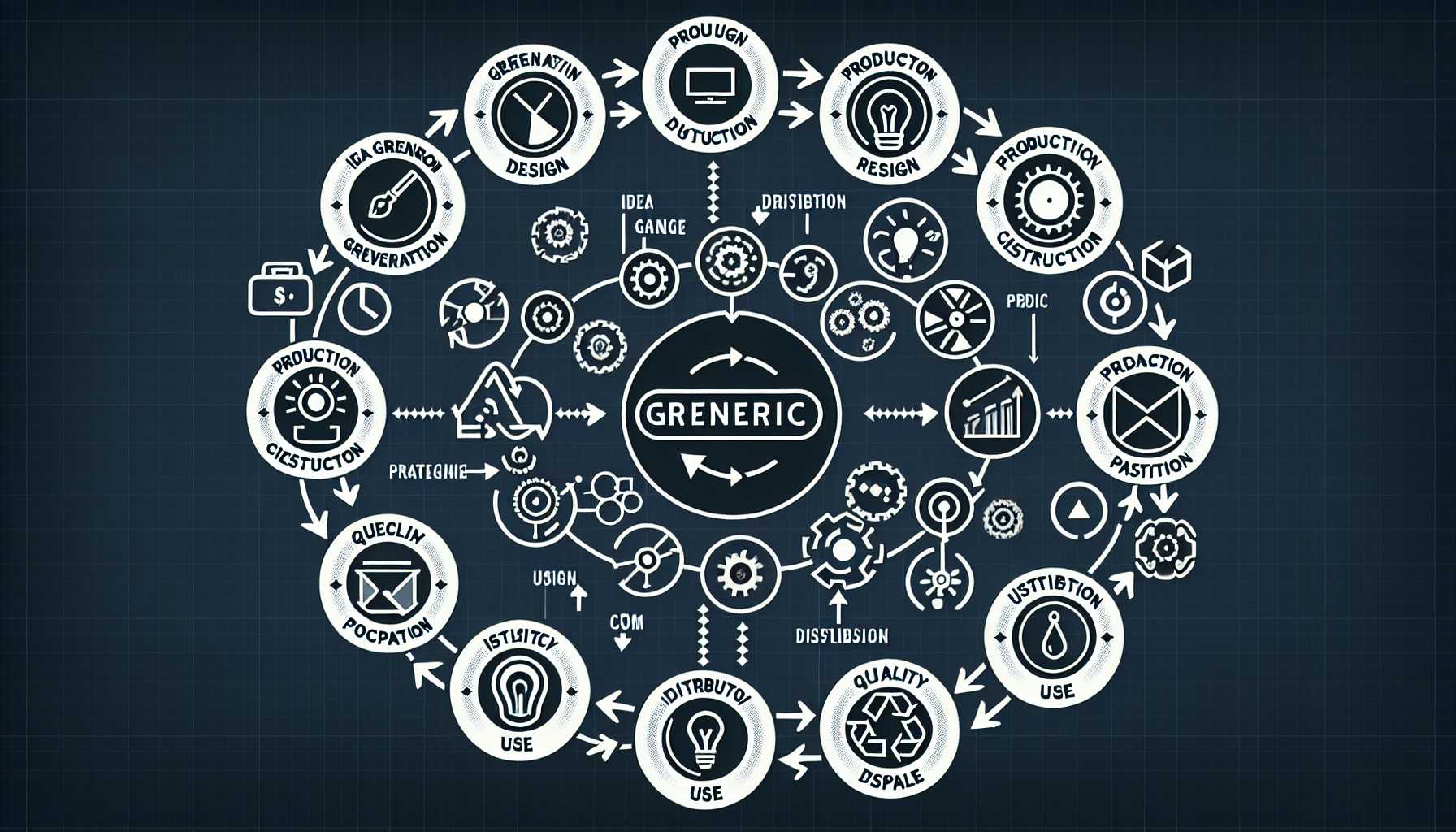Welcome to another deep dive into the world of product management. Today, we’re untangling the complex yet crucial topic of product quality management. After years in the tech trenches, I’ve learned that the secret to maintaining and enhancing product quality doesn’t lie in any single methodology but in a holistic approach that permeates every stage of the product lifecycle.
1. The Foundation: Customer-Centricity
Quality begins with a clear understanding of the customer’s needs and expectations. In my experience, genuinely customer-centric businesses don’t just respond to feedback; they anticipate needs and innovate accordingly. To do this effectively, product managers should immerse themselves in customer data and feedback loops, utilize empathy mapping, and engage directly with users through interviews and usability studies. Remember, data is only as valuable as the insights it generates.
2. Embedding Quality in the Product Life Cycle
A. Ideation Stage: When conceptualizing a new product or feature, I’ve found frameworks like Quality Function Deployment (QFD) invaluable in translating customer needs into design requirements.
B. Development Stage: Agile practices shine here, focusing on iterative development and continuous improvement. Incorporating methods like Test-Driven Development (TDD) and Continuous Integration (CI) can significantly raise code quality and product robustness.
C. Post-Launch: The work isn’t over after release. Keeping track of quality metrics, monitoring product performance, and customer satisfaction are ongoing responsibilities that inform product iteration.
3. Culture of Quality
Quality management extends beyond processes; it’s also about culture. In my tenure, I’ve strived to cultivate a mindset where every team member is a guardian of product quality. This involves regular training, promoting ownership, and recognizing the individual contributions to product quality.
4. Leveraging Tools and Technologies to Maintain Quality
No product manager is an island, and we don’t work in a vacuum. Effective use of project management and bug tracking tools like JIRA or Asana, along with incorporating automation in testing, can significantly enhance product quality. In one project, implementing automated regression testing reduced our critical bugs by 50% post-launch.
5. Balancing Speed and Quality
Today’s tech industry moves at a breakneck pace. However, speed shouldn’t come at the expense of quality. I have found methodologies like Lean Six Sigma pivotal in identifying and eliminating waste, thereby improving both speed and quality. Prioritizing the product backlog so that the team focuses on high-impact, high-quality tasks has proven successful time and again.
6. Continuous Learning and Adaptation
An essential part of managing product quality is recognizing that products, markets, and technologies are always in flux. Regular retrospectives, root cause analyses, and the willingness to pivot when necessary have all guided my teams toward sustained improvements in product quality.
Conclusion
Maintaining product quality is a complex challenge that requires a multifaceted approach. It’s about understanding customer needs, embedding quality into every stage of the product life cycle, fostering a culture of quality, utilizing the right tools and technologies, balancing speed with quality, and embracing continuous learning and adaptation. The payoff, however, is immense: loyal customers, reduced churn, and a stellar market reputation.
About the Author
As a seasoned product leader in the tech industry, with over two decades of experience, I have guided numerous products from conception to market success, always with a keen eye on quality. Through these posts, I aim to share the insights and lessons that have shaped my approach to product management.

